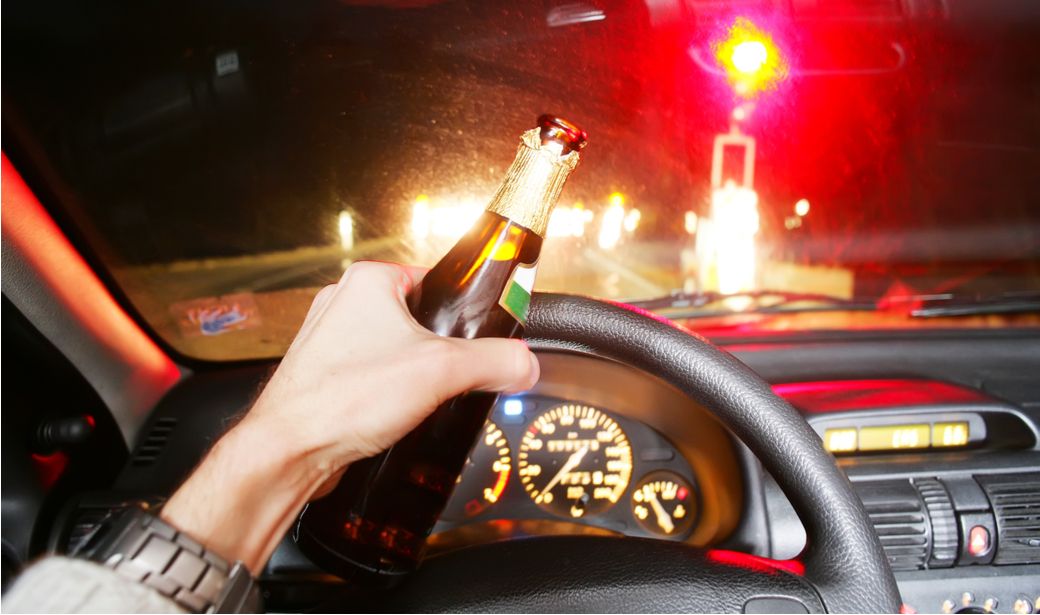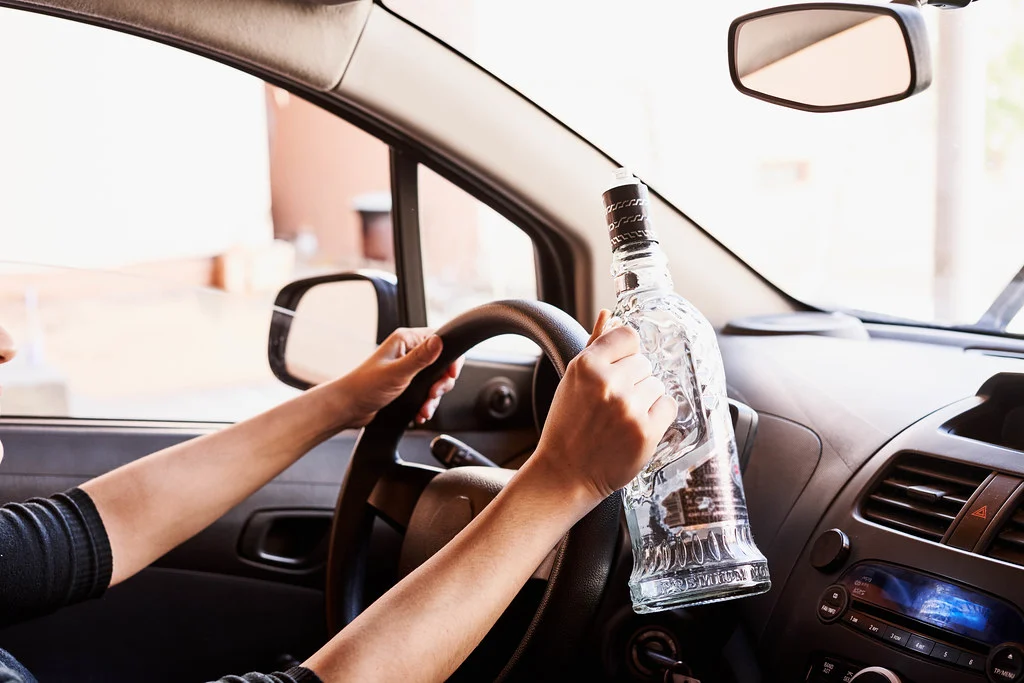Every year, countless individuals succumb to the temptation of getting behind the steering wheel after consuming alcohol, oblivious to the trail of catastrophic consequences that can result from such a reckless decision. Not only do these individuals put themselves at risk, but their mistakes can have fatal consequences for others as well.
In this blog, we will explore the grave far-reaching consequences of drunk driving as a wake-up call to all who underestimate its impact.
Table of Contents
ToggleDrunk Driving & Its Impacts
According to National Highway Traffic Safety Administration (NHTSA), 37 people in the US die from drunk driving daily—that’s one person every 39 minutes! Therefore, drunk driving is no joking matter. If anything, it is a severe societal issue requiring immediate attention.
Understanding Drunk Driving

Drunk driving refers to the act of operating a motor vehicle under the influence of alcohol. It is a dangerous and illegal practice, prohibited in the United States. While the parameters vary across each state, the standard is around 0.08%. Intoxication impairs your reflexes, motor functions, mental functions, vision, judgment, and reaction time. All these factors combine to seriously depress the driving quality of the person under the influence, creating a severe risk for people around the driver.
1. Legal Consequences
Several laws already prohibit driving under the influence, and breaking them can result in severe consequences. Individuals caught can be sanctioned with fines, license suspensions, and even imprisonment.
Under the charges of DUI (driving under the influence), your criminal record can get permanently tainted, adversely affecting your future employment prospects and reputation if you do not hire a DUI lawyer. Additional consequences include probation, periodic drug testing, and alcohol counseling/rehab.
2. Financial Consequences
With any Road traffic accident, there is loss/damage of life, as well as loss/damage of property. Both parties (victim and assailant) suffer severe financial harm, including medical bills, car repairs, court fines, and legal fees, among many others.
Individuals may face increased insurance premiums, significantly straining their financial standing. Civil lawsuits filed by the victim or the victim’s family seeking compensation can further compound the financial burden.
Some jurisdictions require individuals with DUI charges to install an Ignition Interlock Device. This device monitors the blood alcohol content of the driver. It prevents the vehicle from starting if the driver is under the influence. Thus, the driver must bear the additional charges of this device’s cost and maintenance.
3. Personal Consequences
Aside from the legal and financial burden, drunk driving seriously threatens the driver’s emotional well-being, having a profound emotional and psychological impact. This has the most long-term effects on the driver.
Drunk drivers, especially those who have endangered someone else’s life, often suffer from guilt and regret. The knowledge that their actions have directly endangered their and other people’s lives can cause severe emotional distress to the point their daily routine is severely disrupted.
Further problems can stem from this, such as shame and stigma leading to social isolation. Relationships can be strained, and the driver might become depressed. Friends and family members might distance themselves from the driver out of anger or fear. This loss of trust slowly erodes relationships, making the driver feel isolated and alone.
Both drivers and victims can suffer from long-term problems such as PTSD, anxiety, depression, and other mental health issues. Many resort to unhealthy coping mechanisms such as alcohol and drug consumption, isolation, or self-medication, as well as show signs of unhealthy lifestyle patterns.
The feeling of worthlessness and guilt can require a massive amount of time, effort, and money to overcome as professional help becomes imminent in certain situations. Therefore, building a positive self-image can be challenging for many people.
4. Societal Consequences
These represent the broader impact of drunk driving on society as a whole. According to the CDC, thousands of people suffer from drunk driving accidents in the US each year, whose economic burden amasses up to $44 bn annually. It also strains the medical sector, accounting for almost 285,000 ER visits yearly.
Furthermore, such incidents also take up the resources of the judicial system, diverting the resources and causing the overall system to move slowly. This delays court hearings on more pressing matters,
All of these prevent society from focusing on other, less preventable issues, directing an extensive amount of time, money, and personnel to this.
Prevention and Awareness
Seeing how detrimental alcohol abuse can be, it is vital to raise awareness of its consequences so that people can adopt safety measures and reduce drunk-driving-related incidents.
Public education and awareness is the best way to begin working on it. By creating a sense of endangerment from driving under the influence of alcohol, we can create space for other more targeted campaigns.
There also persists some demographics that are more prone to alcohol abuse, such as young adults or college students, late-night truck drivers, and repeat offenders. Therefore, targeting these groups with awareness campaigns is best for the maximum benefit.
The government can tighten its legislature and create stricter laws to ensure people refrain from driving while intoxicated. These include lowering legal BAC (blood alcohol content), sobriety checkpoints, and increasing penalties.
Alcohol servers, such as bartenders, should be trained to recognize signs of intoxication and prevent over-serving. Other measures include promoting designated driver programs in places serving alcohol. Hence, people having more accessible access to its services can also reduce the number of incidents. An extension of this is using Uber or Lyft, which can be used to get home safely without any hassle.
However, no matter the government’s measure, it all boils down to personal choices. Therefore personal responsibility should be highlighted in education campaigns letting people know the possible consequences of their actions. This can help them plan their day prior to drinking and ensure they do not involve themselves in anything detrimental.
Conclusion
Drunk driving is a problematic social issue that enormously impacts people’s lives. From physical harm, financial burden, and economic stress to emotional and psychological distress, it has a wide array of consequences. Therefore, steps should be taken to limit the damage done by the reckless and careless behavior of such people, who put themselves and other people’s lives at risk.
But by working together as a society, we can reduce the economic turmoil, emotional distress, and, most importantly, loss of life. So let us strive to build a community where responsible choices are made, making our roads safer for all.

I am a passionate beer connoisseur with a deep appreciation for the art and science of brewing. With years of experience tasting and evaluating various beers, I love to share my opinions and insights with others and I am always eager to engage in lively discussions about my favorite beverage.
















